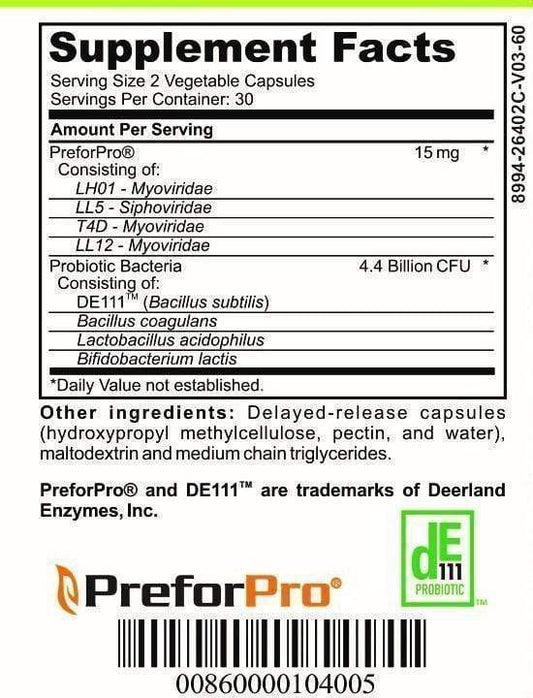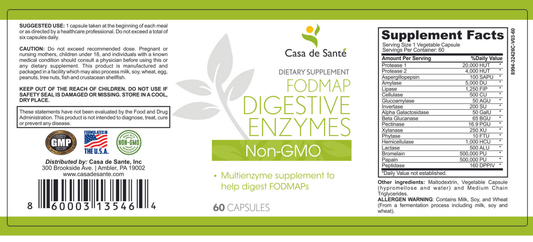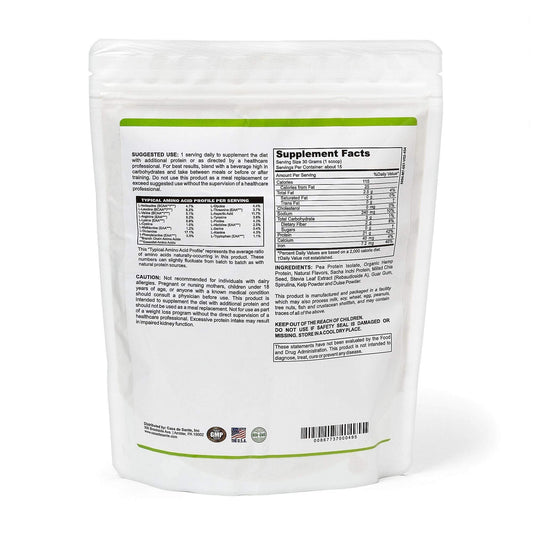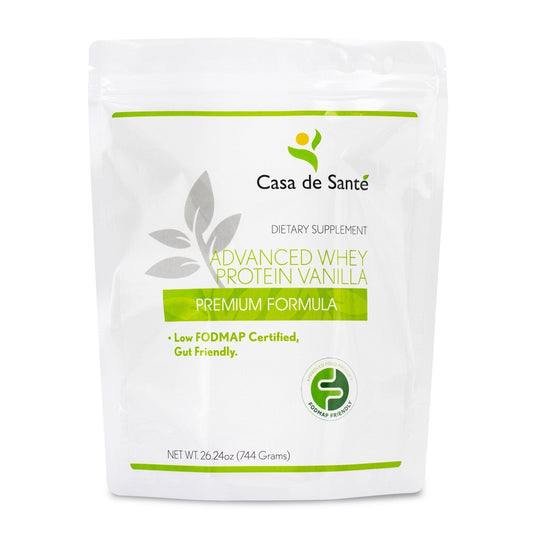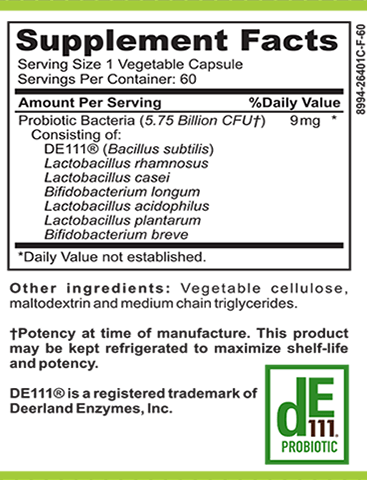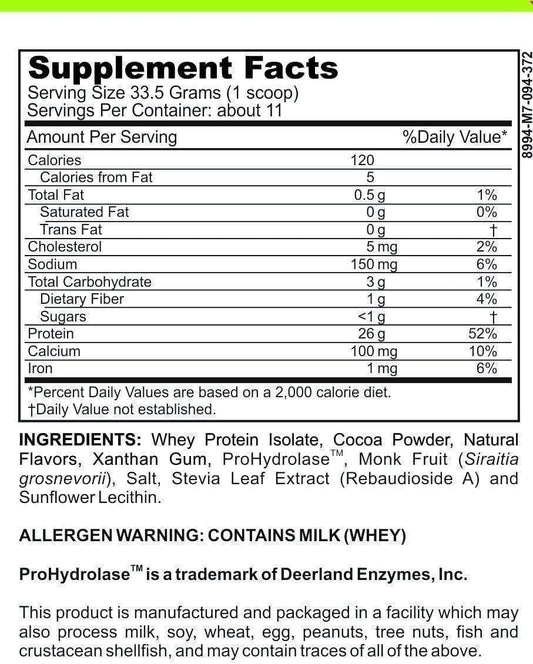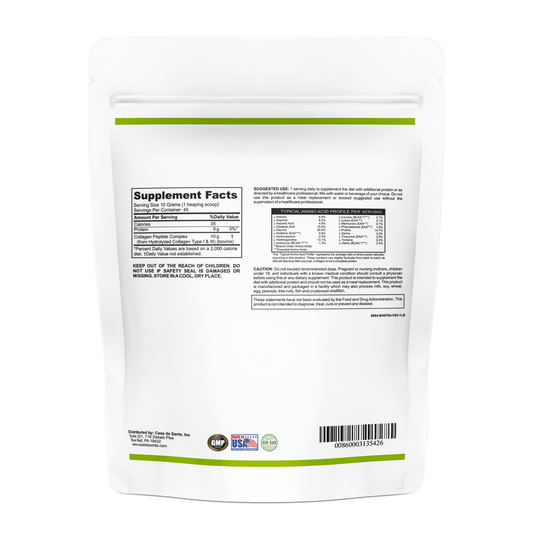Walnut Milk vs Peanut Milk
Two popular alternatives to dairy milk are walnut milk and peanut milk. They both provide a creamy, nutty flavor and are often used in vegan or lactose-free diets. However, there are some nutritional differences between the two and some other factors to consider when choosing one over the other.
The Nutritional Value of Walnut Milk
Walnut milk is made from blending soaked walnuts with water, then straining the mixture to produce a smooth, creamy liquid. It is a good source of omega-3 fatty acids, which are important for heart health and brain function. It is also high in antioxidants, which help protect cells from damage by harmful molecules called free radicals. Walnut milk is also a good source of fiber, protein, and essential minerals such as magnesium and potassium.
In addition to its nutritional benefits, walnut milk is also a great alternative for those who are lactose intolerant or have a dairy allergy. It is a vegan-friendly option that can be used in place of dairy milk in recipes or as a standalone beverage. Walnut milk has a rich, nutty flavor that pairs well with coffee, smoothies, and cereal. It is also easy to make at home with just a few simple ingredients, making it a cost-effective and healthy choice for anyone looking to switch up their milk routine.
The Nutritional Value of Peanut Milk
Peanut milk is made from blending roasted or raw peanuts with water, then straining the mixture to produce a less creamy liquid than walnut milk. It is a good source of protein, which is important for muscle building and repair. It is also high in healthy fats and vitamins E and B6, which help support a healthy immune system and skin. Peanut milk is also a good source of minerals such as iron, zinc, and calcium.
In addition to its nutritional benefits, peanut milk is also a great alternative for those who are lactose intolerant or have a dairy allergy. It is a vegan-friendly option that can be used in place of cow's milk in recipes such as smoothies, baked goods, and sauces.
Another benefit of peanut milk is its versatility. It can be flavored with vanilla, chocolate, or other natural sweeteners to create a delicious and healthy beverage. It can also be used as a base for soups and stews, adding a nutty flavor and creamy texture to the dish.
What Makes Walnut Milk Different from Peanut Milk
While both walnut and peanut milk are nut-based alternatives to dairy milk, they have different nutrient profiles and flavors. Walnut milk is richer in omega-3 fatty acids, fiber, and antioxidants, while peanut milk is higher in protein and vitamins. In terms of taste, walnut milk has a creamier texture and a mild nutty flavor, while peanut milk has a nuttier flavor and a thinner consistency.
Another key difference between walnut milk and peanut milk is their allergenic potential. Peanuts are one of the most common food allergens, and people with peanut allergies cannot consume peanut milk. On the other hand, walnut milk is a safer option for those with peanut allergies. However, it's important to note that walnut allergies are also relatively common, so individuals with nut allergies should always consult with their doctor before trying any nut-based milk alternatives.
Comparing the Taste and Texture of Walnut Milk vs Peanut Milk
The taste and texture of nut-based milks can vary based on the type of nut used and the blending process. Walnut milk tends to be creamier and less sweet than peanut milk, with subtle nutty undertones that work well in coffee, tea, or smoothies. Peanut milk, on the other hand, has a stronger nutty flavor and a thinner texture that may be preferred in cereal or baking recipes. It is also less likely to curdle when heated.
It's worth noting that both walnut milk and peanut milk are great alternatives for those who are lactose intolerant or have a dairy allergy. They are also a good source of protein, healthy fats, and vitamins. However, it's important to check the ingredients list when purchasing nut-based milks, as some brands may contain added sugars or preservatives. Making your own nut milk at home is a simple and cost-effective way to ensure that you are getting a pure and nutritious product.
How to Make Homemade Walnut Milk
If you want to try making your own walnut milk, it's easy and cost-effective. Start by soaking 1 cup of raw walnuts in water overnight, then drain and rinse them. Blend the walnuts with 4 cups of fresh water in a high-speed blender until smooth and creamy. Strain the mixture through a cheesecloth or nut milk bag, squeezing out as much liquid as possible. Add some sweetener or spices if desired, then store the milk in a sealed container in the fridge for up to one week.
Walnut milk is a great alternative to dairy milk for those who are lactose intolerant or have a dairy allergy. It is also a good source of omega-3 fatty acids, which are essential for brain health. Additionally, walnut milk is low in calories and high in antioxidants, making it a healthy addition to your diet.
There are many ways to use walnut milk in your cooking and baking. It can be used as a substitute for dairy milk in recipes for pancakes, muffins, and smoothies. You can also use it as a base for creamy soups and sauces. Walnut milk can also be enjoyed on its own as a refreshing drink.
How to Make Homemade Peanut Milk
Making your own peanut milk follows a similar process to that of walnut milk. Start by roasting 1 cup of raw peanuts in the oven at 350��F for 10-15 minutes, then let them cool. Blend the peanuts with 4 cups of fresh water until smooth and creamy, then strain the mixture through a cheesecloth or nut milk bag. You can also add some vanilla extract, honey, or cocoa powder to enhance the flavor. Store the milk in the fridge for up to 3-4 days.
Peanut milk is a great alternative to dairy milk for those who are lactose intolerant or vegan. It is also a good source of protein, healthy fats, and vitamins. You can use peanut milk in smoothies, coffee, tea, or cereal. It can also be used in baking recipes that call for milk. Peanut milk is a versatile and delicious option for those looking to switch up their milk choices.
The Best Recipes Using Walnut Milk
Walnut milk can be used in many recipes that call for dairy milk, from creamy soups and sauces to baked goods and smoothies. Here are some delicious recipes to try:
- Walnut Milk Chai Latte
- Vegan Walnut Alfredo Sauce
- Walnut Milk Ice Cream
- Healthy Banana Walnut Bread
- Walnut Milk Matcha Latte
- Spinach and Walnut Milk Smoothie
Not only is walnut milk a great dairy-free alternative, it also has some health benefits. It is high in omega-3 fatty acids, which can help reduce inflammation and improve brain function. Additionally, it is a good source of magnesium, which is important for bone health and regulating blood sugar levels. So, not only are these recipes delicious, they are also nutritious!
The Best Recipes Using Peanut Milk
Peanut milk can also be used in a variety of recipes, from savory to sweet. Here are some recipe ideas:
- Thai Peanut Curry
- Chocolate Peanut Milk Smoothie
- Spicy Peanut Sauce for Stir-Fry
- Homemade Peanut Butter Cups
- Peanut Milk and Banana Pancakes
- Broccoli and Peanut Milk Soup
Aside from being a great alternative to dairy milk, peanut milk is also a good source of protein and healthy fats. It can be used as a base for smoothies, shakes, and even as a coffee creamer.
For those who are lactose intolerant or have a dairy allergy, peanut milk can be a great substitute in baking recipes. It can be used in place of regular milk in cakes, muffins, and bread. Peanut milk can also be used to make vegan cheese, such as ricotta or cream cheese.
Which is Better for Weight Loss: Walnut Milk or Peanut Milk?
Both walnut milk and peanut milk are low in calories and high in nutrients, making them good choices for anyone trying to lose weight. However, walnut milk may be slightly better for weight loss due to its higher fiber content, which helps keep you full for longer and reduces cravings. Peanut milk, on the other hand, may be better for building muscle and reducing inflammation, thanks to its protein and vitamin E content.
Pros and Cons of Drinking Walnut Milk
Here are some advantages and disadvantages of drinking walnut milk:
- Pros: good source of omega-3s, fiber, and antioxidants, creamy texture, mild flavor, can be used in many recipes
- Cons: may be expensive or hard to find, higher fat content than some other plant-based milks, may trigger nut allergies in some people, not suitable for those with digestive issues
Pros and Cons of Drinking Peanut Milk
Here are some advantages and disadvantages of drinking peanut milk:
- Pros: good source of protein, healthy fats, and vitamins, nutty flavor, can be used in savory and sweet recipes, less likely to curdle when heated
- Cons: may trigger nut allergies in some people, may contain added sugars or oils in store-bought versions, not suitable for those with digestive issues
Allergies and Intolerances: Choosing Between Walnut and Peanut Milk
If you have a nut allergy or intolerance, neither walnut nor peanut milk may be suitable for you. They can also cause digestive issues in some people due to their high fiber and fat content. In such cases, you may want to try other plant-based milks such as oat milk, rice milk, or coconut milk, which are lower in allergens and easier to digest.
Where to Buy Walnut and Peanut Milk Products
You can find walnut and peanut milk products in most health food stores, supermarkets, and online retailers. Some popular brands include Califia Farms, Silk, Elmhurst, and So Delicious. You can also find recipes and tips on how to make your own nut milk at home.
Environmental Impact: Is Walnut or Peanut Milk More Sustainable?
When it comes to sustainability, nut-based milks have a smaller environmental footprint than dairy milk, as they require less water, land, and resources to produce. However, some types of nut milk may be more sustainable than others depending on factors such as sourcing, packaging, and processing methods. Walnuts are generally grown in California, which requires significant irrigation and transportation, while peanuts are grown in many parts of the world, including the United States, China, and India. Regardless of which type of nut milk you choose, look for products that use minimal packaging, organic or fair-trade ingredients, and sustainable production practices.
Conclusion
Choosing between walnut milk and peanut milk ultimately depends on your personal taste preferences, nutritional needs, and lifestyle choices. Both milks have their own unique benefits and drawbacks, and can be used in a variety of recipes as a substitute for dairy milk. When shopping for nut-based milk products, be mindful of added sugars, preservatives, and other unwanted ingredients, and opt for products that are minimally processed and ethically sourced.


